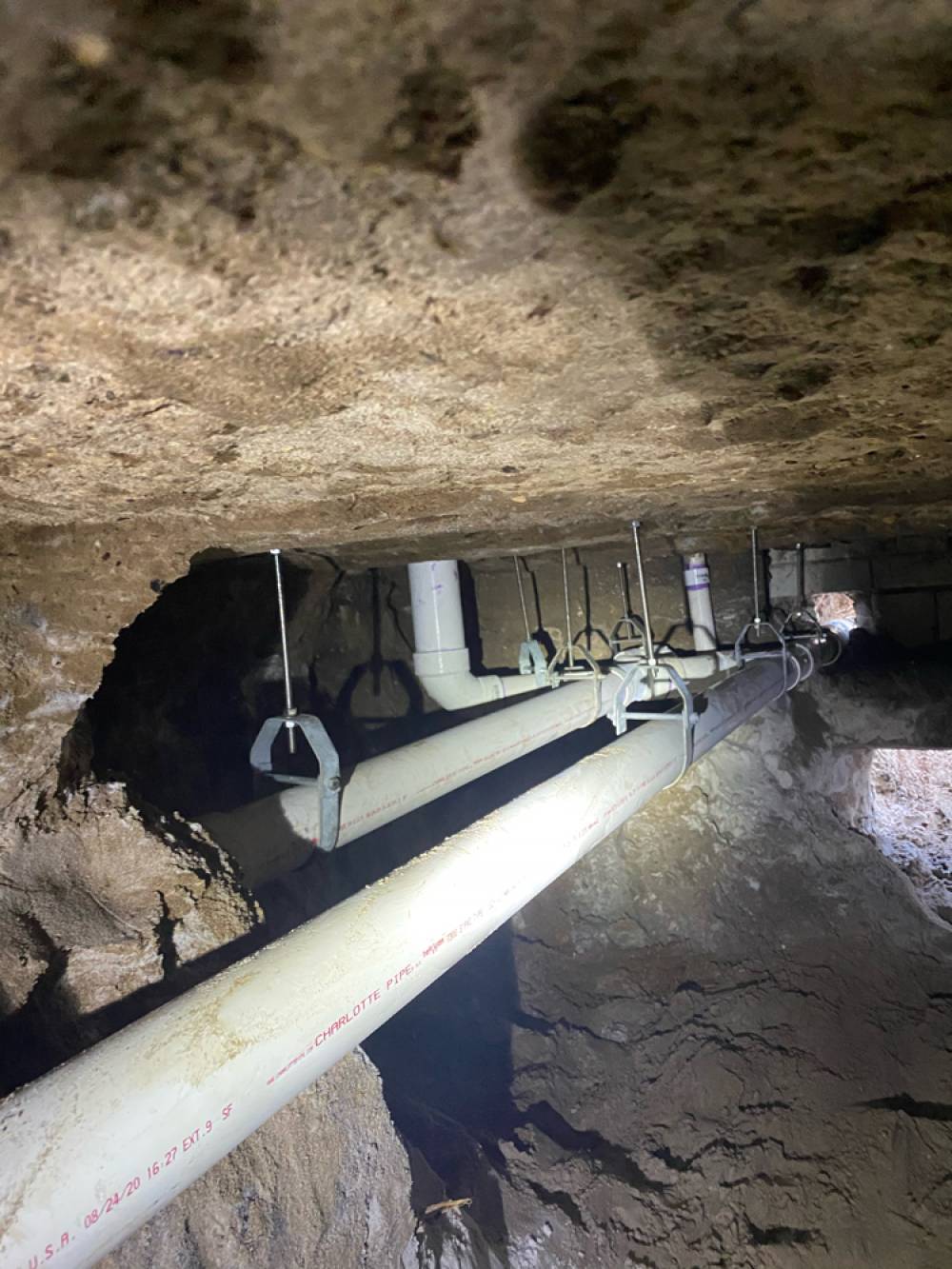
Introduction to PVC Pipes
Introduction to PVC Pipes
A brief overview of what PVC pipes are and why they are used in residential plumbing installations.
Prologue: The Evolution of Plumbing Materials and the Rise of PVC Pipes
In the history of human civilization, the development of plumbing has played a vital role in providing access to clean water and sanitation, contributing significantly to public health and the overall quality of life. Plumbing is an essential part of modern life, ensuring that we have immediate access to potable water and efficient waste disposal. From ancient civilizations using clay, stone, and lead pipes to transport water, the plumbing industry has come a long way in improving the materials and techniques used in building reliable and efficient plumbing systems.
The earliest plumbing systems can be traced back to ancient Mesopotamia and Egypt, where clay and stone pipes were used to transport water from rivers to settlements. Rome’s first aqueduct was built in 312 BC and by the 3rd century AD there was a total of eleven aqueducts serving the city, all discharging at the end of their journey into the Cloaca Maxima (literally “the Greatest Sewer”), an engineering marvel, praised by historians as a symbol of Roman civilization and its superiority to others. Parts of the Cloaca Maxima remain in service today. In ancient Rome, lead pipes were commonly used in aqueducts and sewage systems, marking a significant milestone in the development of plumbing technology. However, the use of lead in plumbing posed serious health risks due to lead poisoning. The search for safer, more durable, and more efficient plumbing materials led to significant innovations in the industry.
The 19th and early 20th centuries saw the adoption of materials like cast iron and galvanized steel in plumbing systems, both of which offered better durability than earlier materials. However, these materials had their drawbacks, such as the weight of cast iron and the potential for corrosion in galvanized steel. The search for a lighter, more flexible, and easier-to-install alternative led to the development of copper pipes in the early 20th century. Copper pipes were highly resistant to corrosion, could handle high temperatures, and were relatively easy to install. However, they were also expensive, making them a less viable option for large-scale residential plumbing installations.
The plumbing industry's need for a lightweight, corrosion-resistant, and cost-effective material paved the way for the emergence of PVC pipes in the 20th century.As we embark on this series of articles, we will delve into the world of PVC pipes, exploring their properties, benefits, and applications in residential plumbing systems. We will also discuss the considerations and best practices for installing and maintaining PVC pipes to ensure long-lasting and efficient plumbing systems. Whether you're a homeowner, a plumbing professional, or simply interested in understanding the vital role that PVC pipes play in our everyday lives, join us in this exploration of the world of PVC pipes and their impact on modern plumbing.



0 Comments